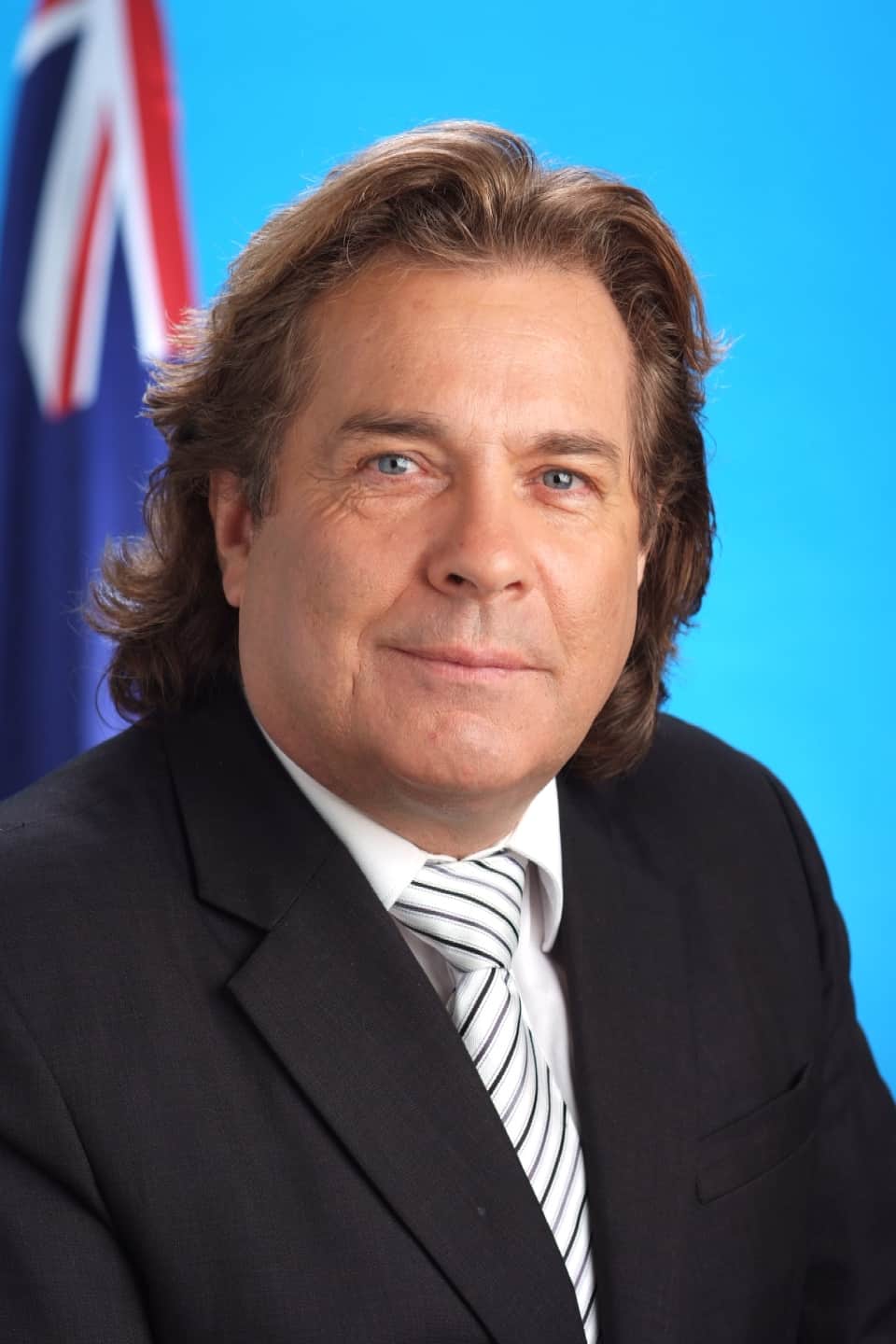 UnionsNSW are campaigning strongly on OHS issues during an inquiry by Joint Select Committee on the NSW Workers’ Compensation Scheme into workers compensation. They make the point that a focus on the reduction of injury is the most effective way of rendering a workers compensation scheme “profitable”. By neglecting worker safety, injuries increase and there is a higher demand on compensation and rehabilitation resources.
UnionsNSW are campaigning strongly on OHS issues during an inquiry by Joint Select Committee on the NSW Workers’ Compensation Scheme into workers compensation. They make the point that a focus on the reduction of injury is the most effective way of rendering a workers compensation scheme “profitable”. By neglecting worker safety, injuries increase and there is a higher demand on compensation and rehabilitation resources.
A major concern in the campaign is that the government is focussing on reducing costs and, in workers’ compensation schemes, that often results in fewer resources for injured workers and their families.
Tim Ayres, Secretary of the Australian Manufacturing Workers Union, was quoted in the Sydney Morning Herald:
“If NSW employers want to save money on workers’ comp premiums, they should focus on reducing their premiums by providing safer workplaces where workers don’t get injured and killed.”
But a draft submission, seen by SafetyAtWorkBlog, by the International Governance and Performance Research Centre (IGPRC) of Macquarie University provides some balance into the rhetoric. Continue reading “NSW inquiry into workers’ compensation illustrates short-termism”


